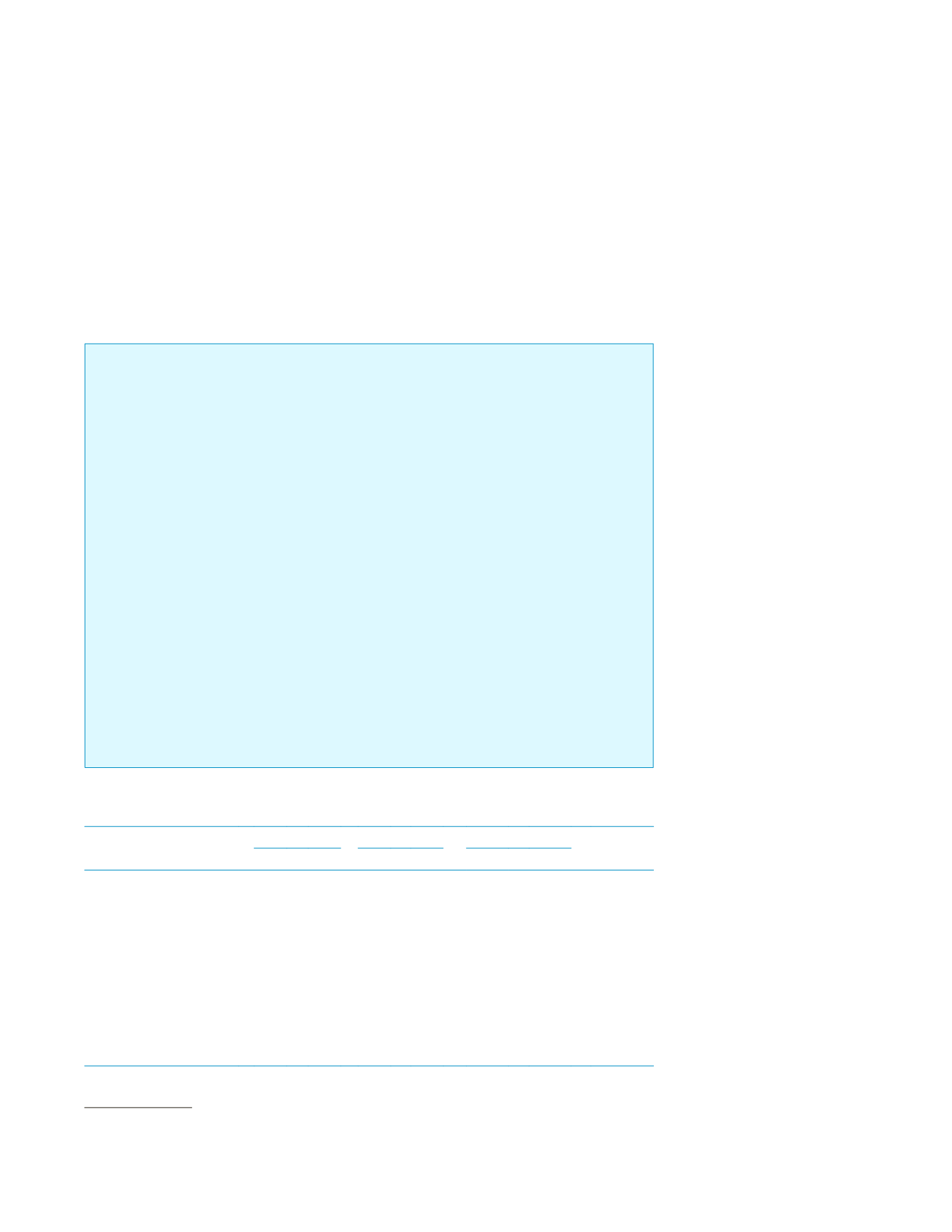
Non-farm Sector Enterprises and Employment
155
Table 7.11:
Khadi and village industries operations
2012–13
2013–14
Total
Growth rate
KVIC KVIBs KVIC KVIBs
2012–13 2013–14
Production (in Rupees billion)
Khadi
7.62
2.63 8.11
2.85
10.25
10.96
6.9%
Village Industries
232.62 149.46 252.98 164.94 382.08
417.92
9.4%
Sales (in Rupees billion)
Khadi
10.22
3.09 10.81
3.5
13.31
14.31
7.5%
Village Industries
268.18 164.28 300.73 187.51 432.46
488.24
12.9%
Employment (in million)
Khadi
1.07
0.27
1.1
0.32
1.34
1.42
6.0%
Village Industries
11.41
7.32 11.94
7.83
18.73
19.77
5.6%
Source:
Annual Reports 2012–13 and 2013–14 of KVIC. Available at
7
This has been excerpted from an article, ‘Thanks toModernDesigners, Khadi is Going Places and Earning its Pride
of Place’, by Nivedita Sharma. Available at
Khadi&h=54#sthash.KnXcIwzl.dpuf
‘Khadi has come to represent a handmade-in-
India product of value and pride. And while
it continues to be a symbol of freedom, it
also represents an evolving India—the best of
India’s past endures in this ancient weave, yet
it embraces elements of contemporary India
to find a new synthesis and relevance’, said
designer Deepika Gehani. These days khadi silk
and khadi cotton are finding prominence and
khadi-viscose blends are also used extensively
by stylists. Rahul Mishra, fashion designer says
he has showcased a ‘khadi collection in various
forms like jumpsuits, skirts, tunics and trousers;
so the designs are many’.
He adds that fabrics look elegant when kept
simple. ‘There is no need to glamorise khadi.
Those who want a minimal look with a deep
sense of Gandhian aesthetics will enjoy khadi
in its natural form. If you really want to go for
bling and shimmer, then go for satins, linens
and chiffons,’ he added.
‘Silk khadi, which is available in a variety of
hues and shades, adds elegance and a touch of
royalty to any space. The dye gives the cloth
a whole new dimension and looks great on
cushions, tablecloths, runners, curtains, or
sofa covers. Beautifully textured, sensuous and
skin friendly, it also makes for great sofa cov-
ers,’ said Parul Jain. With increased demand
for khadi fabrics and with designers like Ritu
Kumar, Sabyasachi Mukherjee, Rahul Mishra
and Anand Kabra using khadi extensively, it’s
is obvious that prices will shoot up.
The price of cotton khadi in local market is
somewhere between
`
34 and
`
82 per metre,
while if you want to buy a designer scarf, you
may have to shell out
`
4,000. Rodricks feels
with increased demand, prices have increased,
but what worries him is the condition of weav-
ers as they are not getting their due.
Box 7.3:
Khadi going places
7
socially the entrepreneurs should become
self-reliant over time (Box 7.3). The schemes
of KVIC are aimed at development of Khadi,
welfare of artisans and village entrepreneurs,
market development and strengthening infra-
structure of existing weak Khadi institutions.
The following table contains the achieve-
ments of KVIC and KVIBs (Table 7.11).
The production and sales performance
show a reasonable growth rate, especially in
case of village industries. The sector employs
more than 21 million people, which indi-
cates the significance of the sector. As stated
earlier in the chapter some overlap of these
operations with that reported from handi-
crafts and handlooms sector is inevitable.


